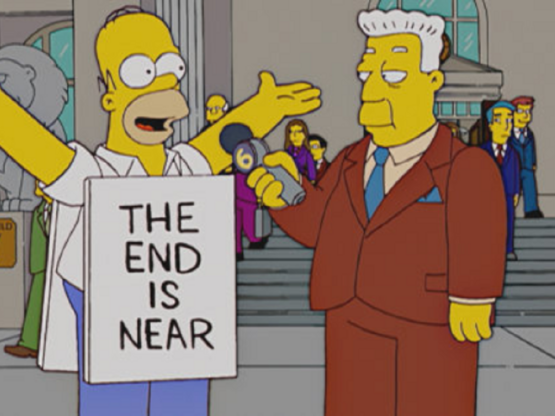REFLECTIONS ON LECTURES/SOURCE MATERIAL:
New Steps. Ideas in a different space, problem swap, cultural and paradigm shifts.
LECTURE 1/PART 1:
What are potential future definitions for design practice?
In listening to this weeks lecture a few common themes seem to have emerged in answer to the question posed.
— That a stimulating starting point or big idea will outlive an individualistic approach to design.
— That experiences not identities - converting consumer's into fans will be at the core of design practice.
— That (what Sam Winston calls) the attention economy: I.E: Recognition, Awareness and Retention is key.
— That emerging technologies will shape our outputs.
— That designer's themselves will 'have' to become more flexible/multi-disciplinary in their approach.
— That well crafted design using unique approaches will be more appreciated/stand out.
I think that you are starting to see a shift already in that agencies are responding to the technological impact of social and digital spaces by building teams that have multidisciplinary skillsets. Here in the Dublin for instance The Tenth Man has a team built up of designers from traditional backgrounds alongside film makers, social media experts, event managers, digital designers etc... This will only get broader as time goes on and I could easily see a future where say a scientist sits alongside a designer in the same studio. This is a reaction to the market as well as a broadening of the knowledge base and collaborative nature of modern design practice.
LECTURE 1/PART 2:
What are the sectors that might change or need to change?
— Technological
— Understanding/education as to what a designer actually does (multidisciplinary).
— Production responses to smaller numbers required (print on demand).
I think the continuing effects of climate change on our world will have a vast impact on material resources and how we operate in a challenged environment. In the second lecture Suzanna and Mazir touch on what your 'edges' or the limits you will go to with your practice. Who will you work for, not work for. I think as a designer of packaging I will have to ask some tough questions of my clients as to where they are sourcing their materials from, carbon neutrality and whether they are compostable or environmentally friendly. This may now, more than ever before, 'have' to become one of my ethical values.
LECTURE 2:
Watching Anab Jain's TED talk brings home the 'Black Mirror' of a world that we are heading towards. While I fully understand that she is devising models of the future to 'future proof', it still terrifies the life out of me what we potentially could be facing. Orwell on one side, the environment on the other.
Suzanna and Mazir both agree that designers can't exist in a vacuum where they work without social or political conscience. Jonathan Barnbrook reminds us that you can still traverse both worlds – an a-political commercial and non commercial one, creating provocative work that meets the requirements of both client and audience, and that you don't have to work for the 'wicked problem' clients full stop. I agree with Mazir, that with your 'edges' defined for your practice you have a good foundation for any decision making that needs to be made, going forward.
Mazir also points out that as designers we are in the business of optimism. While I agree with this in a commercial space, in terms of societal or political change do we not sometimes need to be tougher? My memory of advertising and messaging for social and political campaigns in the 70's/80's is that they were much more hard hitting. I think this is lacking today. Sometimes we have show the truth for the message to actually take hold, and for debate to start. Would the chain reaction that lead to Live Aid have happened if Michael Buerk's reports on poverty and starvation in Africa been toned down? I think in the same way we should know our limits - who we work for and who we don't, we also need to stand up and be counted on when we are really needed.
TAKE OUTS
— Think about the whole problem/idea. Not one small part in isolation.
— Great ideas have longevity.
— Create experiences.
— Be versatile and flexible.
— Improve and grow your skillset.
— Well crafted objects garner more appreciation.
— Keep abreast of market changes.
— Manage client expectations.
— What are your 'Edges/Limits' (Social, political, global, local, visual).
— Limit your referential framework (clarifying the constraints of visual referencing).
— Define your sensibilities.
What are your limits: who you will work for and who you won't:
I WILL WORK FOR: Local Business. Arts and Culture. Publishing. Food & Agriculture. Drinks and Beverages. Eco Cosmetics. Eco Fashion. Wind, Hydro and Solar Power. Electric Vehicles.
I WILL NOT WORK FOR: Laboratory Tested Cosmetics. Nuclear Power. Petrochemicals. Pharmaceuticals. Chemicals in general. Fossil Fuels. Mining Industry. Politics or Government.
What are your sensibilities: what do you collect/curate?
Records. Typographic reference books and art books.
Workshop Challenge:
Take a graphic design interest that you are familiar with and investigate how the idea can be improved, disrupted or retold through a shift of application.
After watching one of the films on forensic architecture about petrochemicals, slavery and racism along the Mississippi, I was fascinated with how you can map live data using algorithms and create models to build an accurate picture of air quality that can be monitored scientifically. I was also taken by Anab jain's TED talk where she creates interactive spaces of the future to reveal issues in a global content before they actually happen to give the viewer a greater understanding of the problems we may face.
I have always been concerned with the environment and today, more than ever before we are at crisis point regarding climate change and global warming. In fact, at the time of writing it was reported only last week that we are at a stage of crisis management and that we have to find ways to live with climate change rather than be able to make any effective change.
According to Prof Ralf Toumi, co-director of the Grantham Institute on Climate Change at Imperial College London: “The principle of a warmer world is that more water will be evaporated, which will exacerbate droughts, and this enhanced water in the atmosphere will increase the amount of rain when it does rain". (Retrieved from: https://www.theguardian.com/environment/2021/aug/17/global-water-crisis-will-intensify-with-climate-breakdown-says-report).
We have also seen an unprecedented rise in global temperatures, the hottest on record this year and wildfires across the globe from Cornwall to California.
In short we are in the worst possible situation in the history of the world, and successive governments have failed in their duty to the planet and its people to educate, and make significant change to the way industrialised business operates. Intensive farming and mining have stripped the earth of its resources and our 'everything now' culture has created a derisory attitude that consumerism and profit comes before the planet. So if we are to effect real change, we need to change now.
We are filling up the planet with our detritus for the latest thing and forgetting the planet in the process and once its gone, it's gone. Individuals feel powerless to effect change because of either their economic situation; I.E: turning your house into a smart home is not cheap, and recycling the odd glass bottle, turning the tap off and not using plastic is a start but it is only a microscopic dot in relation to the wider problem.
It sounds obvious but the answers are simple but can only be effected by a willingness of governments and business to make the changes. It doesn't help that billionaires like Bezos, Branson and Musk launch themselves into space emitting more carbon dioxide than an average car would in two centuries, and this idea that we are all going to live happily together on Mars is a rich mans pipe dream.
According to the LA Times; "Upon reaching orbit, the world’s heaviest operational rocket will have burned about 400 metric tons of kerosene and emitted more carbon dioxide in a few minutes than an average car would in more than two centuries. That kind of shock to the atmosphere is stoking concerns about the effect that launching into orbit has on Earth, and it’s about to get worse". (Retrieved from: https://www.latimes.com/business/story/2020-01-30/space-launch-carbon-emissions).
The science is actually quite easy to understand:
— The ice caps are melting = higher seas and more water
— The hole in the ozone layer = less protection from radio-waves from the sun
— The Brazilian rain forest absorbs most of the world carbon emissions but it is being cut down for agriculture
— With no protection from the sun, or carbon absorption the earth is getting hotter causing wildfires in oily plantlife and water evaporation
— The water turns to clouds, turns to rain and we have more flooding and natural disasters such as landslides
— The natural floodplains have been built on so there is nowhere for the water to go - essentially it becomes a funnel
— The heating up of the sea and the earth is also resulting in more tsunami's, hurricanes and earthquakes
Armed with a little knowledge of the the climate crisis and by simplifying the science so both people, businesses and governments understand the concepts (no graphs or charts), I am looking to start a small speculative project, the idea being to educate, start the debate and hopefully effect change in both business and society.
Stemming from a simple idea based on the four elements: Air, Fire, Water and Earth I propose to explain the concepts, live feed information, show the same spaces in the past and the future and give guidance on what can be done to make real actionable change.
I propose a continued campaign of projecting data and facts onto government buildings around the world, creating a network of augmented reality where you can see the effects of climate change wherever you are in the world on your phone, an led cube for that brings the exhibition space outside and placed in key city's - Beijing for instance and an international news campaign.
SKETCHES
Below: Some sketch ideas for slogans which will used in the projections, augmented reality, for the cube and press.
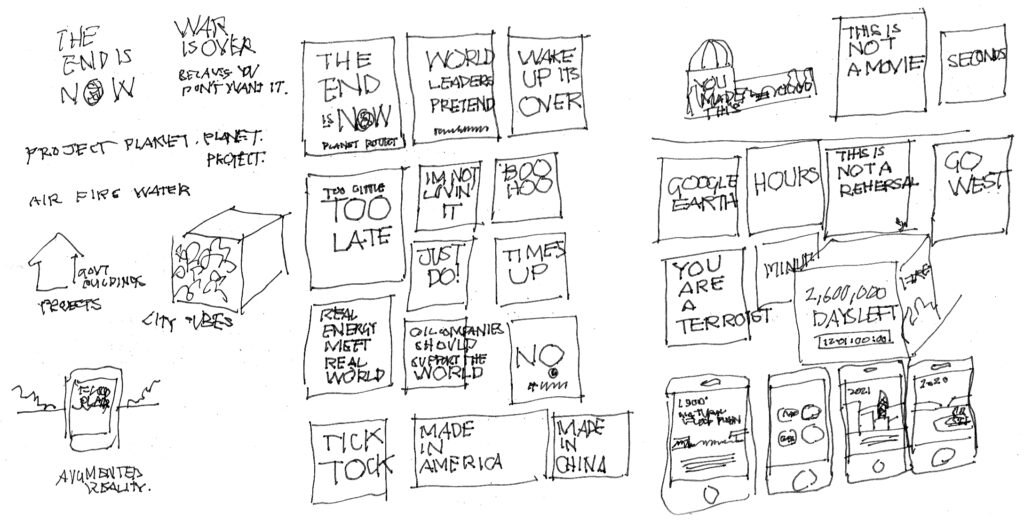
The press will be kept simple - a call to action and response via QR and hash tag I was thinking of using social media names for this just so it peaks interest and sends you straight to the facts... no shock factor, just catching attention in a direct way that modern consumers, business etc relate to. The hard facts can come in the form of the link it takes you to with the live data etc....
The projections on government buildings will use the slogan 'Made in...' streaming live data and information about a countires active part in the destruction of the planet.
The city cubes will be slightly softer in their approach and from an educational standpoint will provide the tools for change in society.
The augmented reality will tell you about. Air, Earth, Water and Fire issues in the place you are and provide historical context.
I also like the simple concept of "Project. Planet. Protect." Telling the story of projections and predictions, what it is for - the planet, and how we protect it.
THE IDEAS WALL
James has sent on some useful links on climate installations which I will explore retrospectively as I have had to push on today to realise the project in time.
I answered James question as I was discussing this with my son earlier and I think solar power leds with an internal battery to store power would be the optimum solution for this. I also see the panels being made of an off the shelf modular system so they can be repurposed afterwards.
The idea is a form of guerilla marketing that takes place so quickly and without permission but becomes newsworthy just by the action and its presence. The projections could be created using drones.

Final Execution
I have built a campaign structure for launching both the website and starting the debate about the global climate crisis with a series of guerilla tactics. The idea is to disrupt the political landscape globally in as covert a way as possible to garner press interest and traction on social channels, and hopefully to create protest and action.
The campaign is called "Project. Planet. Protect." Telling the story of projections and predictions, what it is for - the planet, and how we protect it. I have also introduced within this a few extra levels to create anticipation and grab attention. First by building curiousity through social media. Offer ends: 2025 is a promise of a giveaway but the reality is that it is a deadline. 'Tic Toc' the clock is ticking.
I have used digital typography to show something isn't quite right (glitches) and the counting down of the clock.
As we move onto the projections a "Made in..." campaign kicks in. Made in is usually based on country pride for a product but here the product comes from a lack of responsibility to the planet.
Finally we bring in the city cubes to keep the public updated on global disasters and bring in a call to action to demand more from their governments.
The website by this time is fully launched and we can start to educate and provide real, non-violent action by "pestering, provoking and probing'. People can also view their locality through climate issue eyes with the use of augmented reality.
INITIAL TEASER PRESS CAMPAIGN
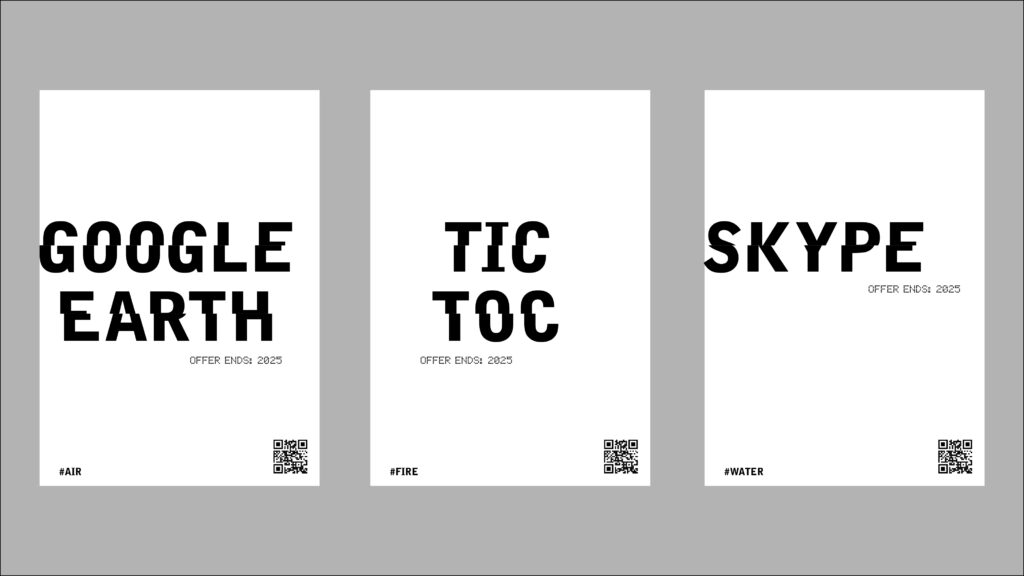
I see the site as not fully being built at this point and the QR code leading you to a page with a clock counting to site launch to add curiousity. Tried to incorporate subtle wordplay using pre-existing platform names.
PRESS CAMPAIGN PART 2: WHAT DID YOU WANT TO BE WHEN YOU GREW UP.
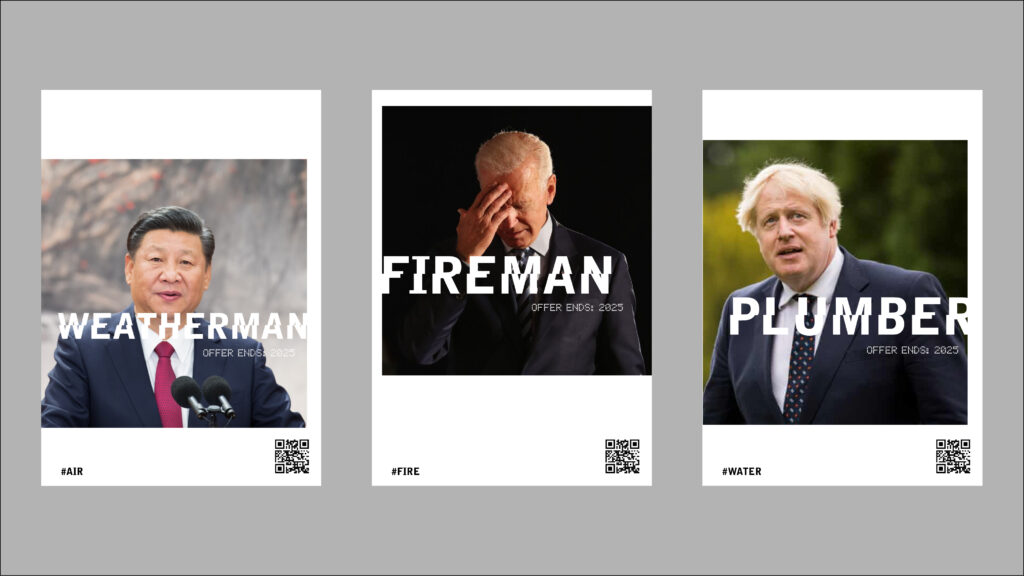
Leads the viewer to the countdown 24 hours before launch. Political leaders satirised for the global position they find themselves in: Ji Jing Ping (Pollution), Joe Biden (Wild Fires), Boris Johnson (Floods).
PROJECTIONS
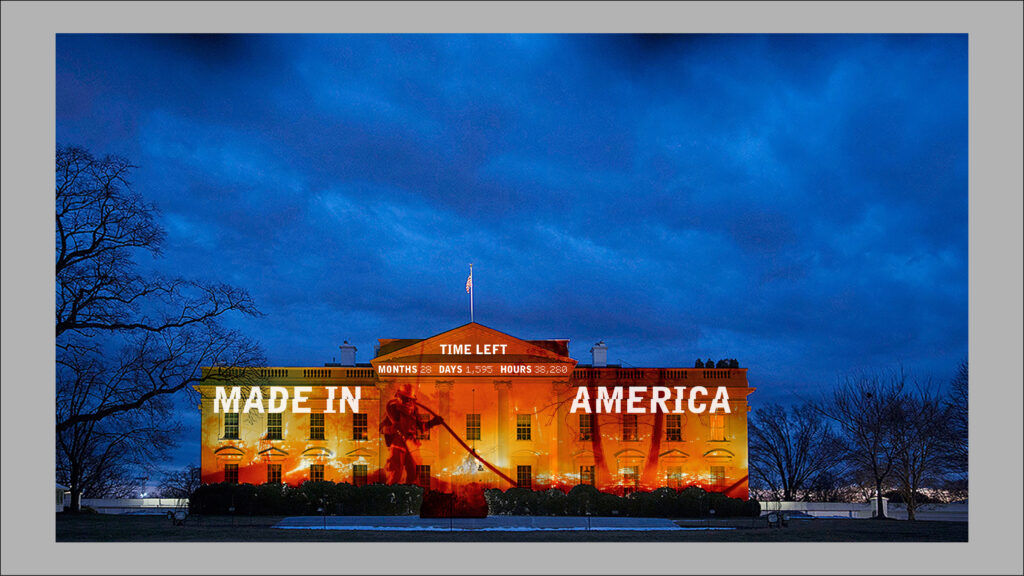
Using guerilla tactics to project images onto key buildings (White House, Red Square, House of Parliament etc...). This could be done with drone technology. This time the clock is converted to count down a deadline for action, before it really is too late.
ROADSIDE ADVERTISING IN GLOBAL LOCATIONS
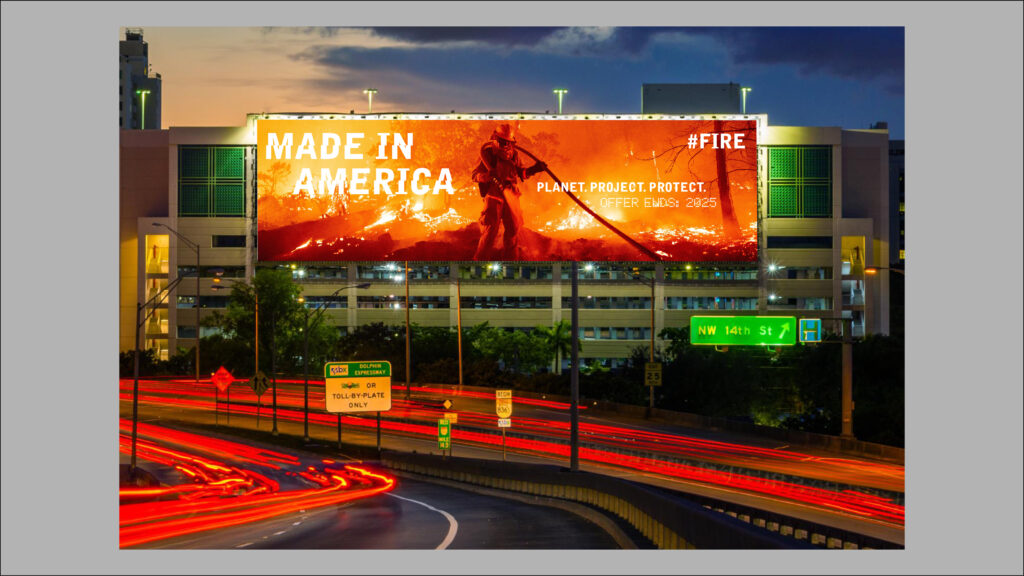
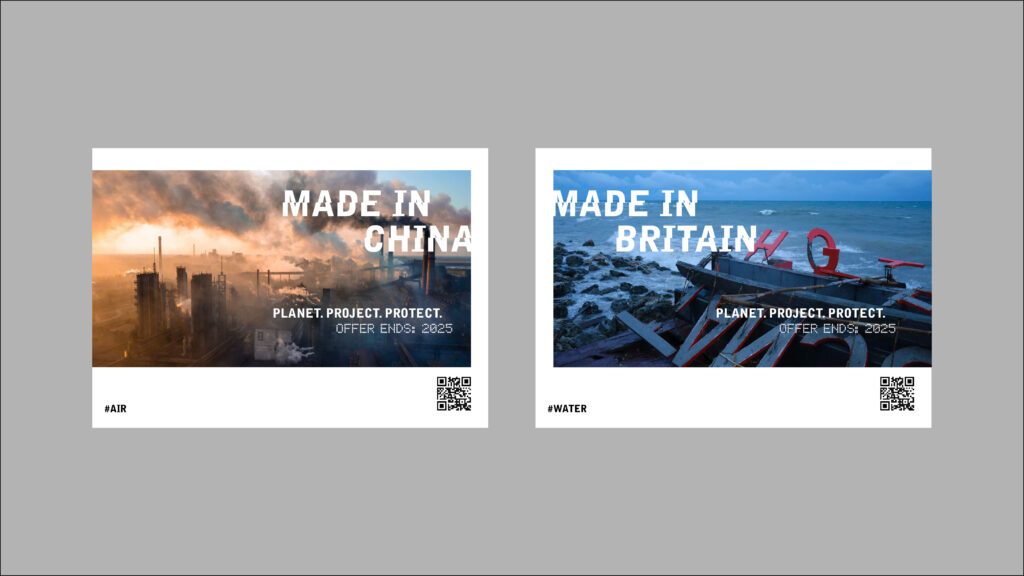
By this time the website and campaign will be in full swing so we can use advertising on a much grander scale.
CITY CUBES
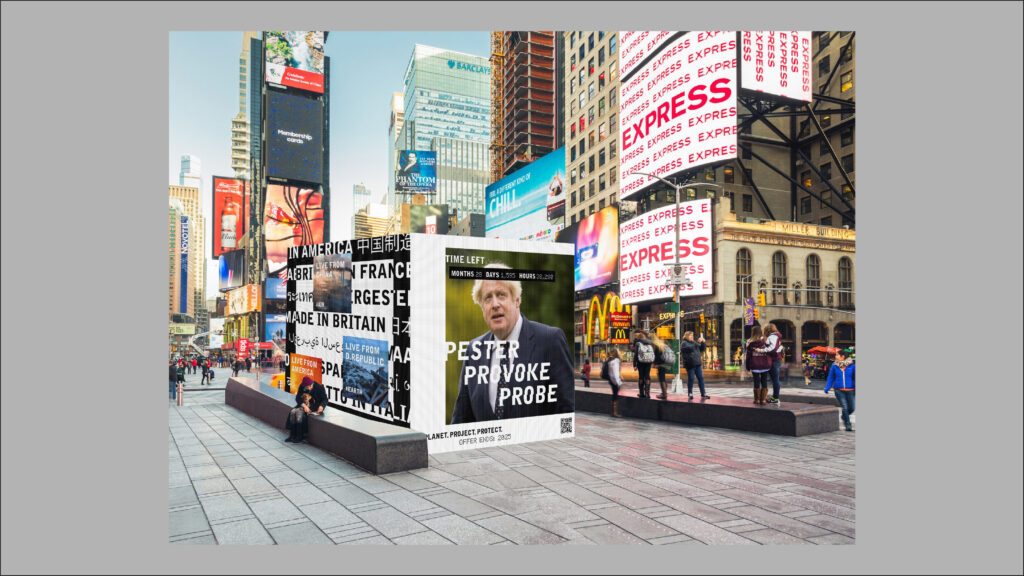
Placed in key locations globally and installed in seconds before anyone can stop it from happening, generating public and press interest. Live feeds of global disasters and a call to action to 'pester, provoke and probe' world leaders.
AUGMENTED REALITY
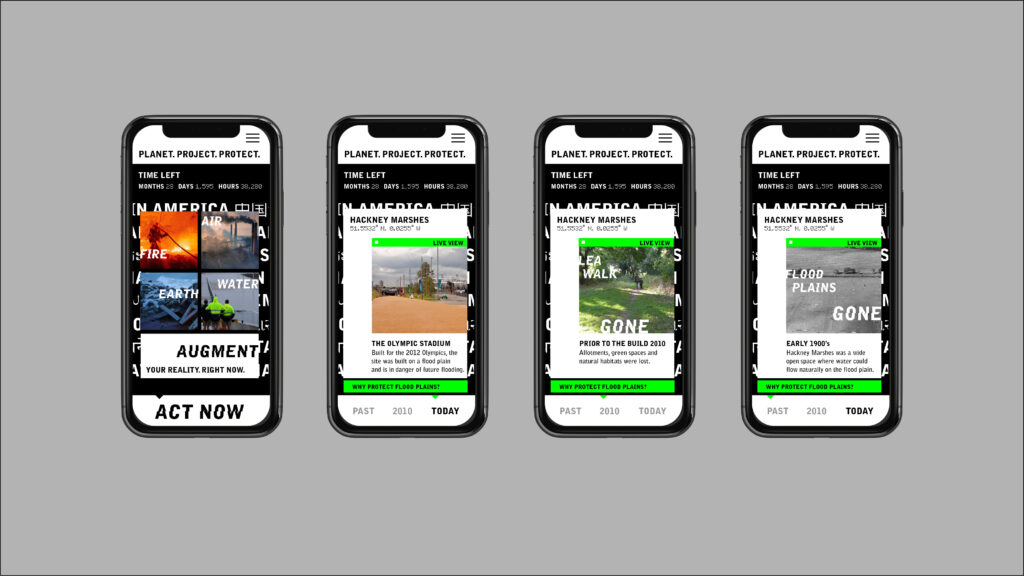
Live feed to news regarding natural disasters, and augmented reality built in so you can trace important sites in your location that have climate significance to your locality.

